Exploring the complex legacy of the Third Reich in Berlin offers a captivating journey through history. From the iconic Reichstag Building to the solemn Holocaust Memorial, this private tour uncovers the architectural landmarks that bore witness to the rise and fall of the Nazi regime. Explore the role of wartime propaganda in shaping German attitudes, and gain a deeper understanding of Germany’s unwavering commitment to democracy today. As you unravel the troubled past, prepare to confront the profound impact of one of the darkest chapters in modern history.
Key Points
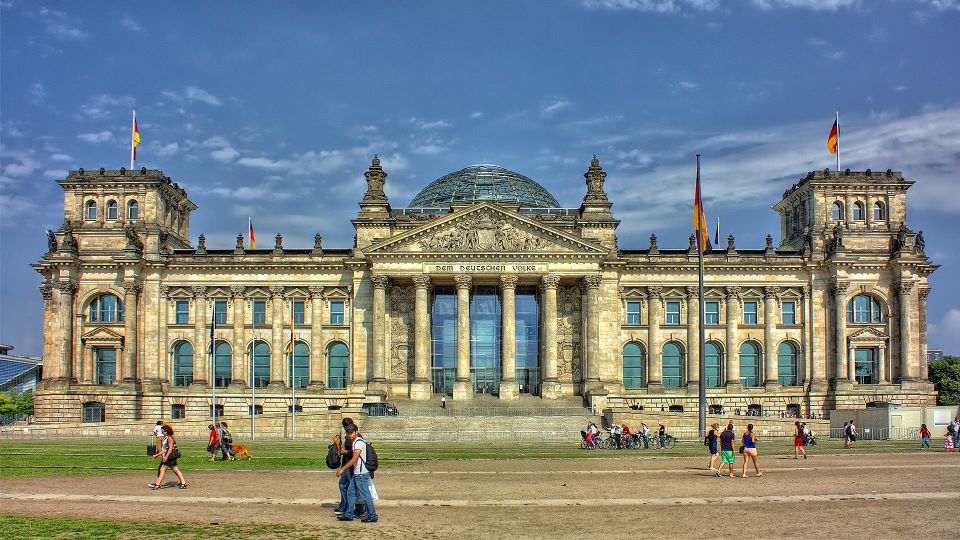
- Explore the Reichstag Building, a symbol of German democracy, and learn about its complex history under the Nazi regime.
- Visit the Holocaust Memorial, a somber tribute to the 6 million Jews murdered during the Holocaust.
- Discover the significance of the Führer Bunker, where Hitler committed suicide as the Third Reich collapsed.
- Understand the role of wartime propaganda in the Nazi rise to power and consolidation of control.
- Observe the architectural legacy of the Third Reich, including the Detlev-Rohwedder-Haus and the Anhalter Bahnhof, and their connection to the atrocities of that era.
Reichstag Building: A Symbol of German History
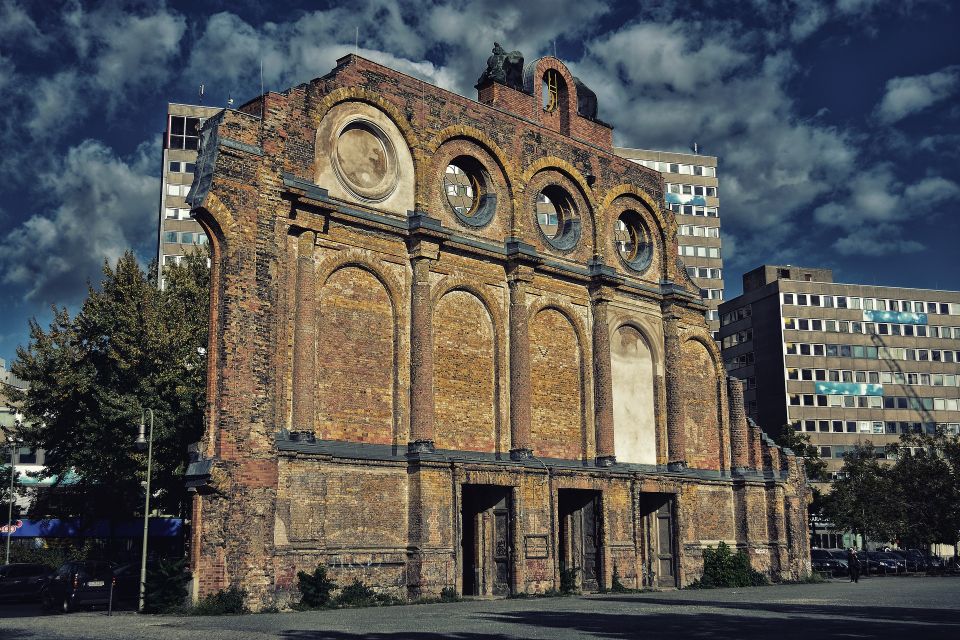
The Reichstag Building, a historical monument that once housed the Reichstag of Nazi Germany, now serves as the seat of the German Parliament, reflecting the nation’s complex yet evolving political history.
This iconic structure, with its striking architecture, has witnessed the rise and fall of empires, the horrors of the Holocaust, and the reunification of the country.
Today, it stands as a symbol of Germany’s commitment to democracy, a tangible reminder of the country’s journey from its darkest chapter to a beacon of progress and stability.
Visitors can explore the building’s rich history and marvel at its architectural splendor, gaining a deeper understanding of Germany’s past and its continued efforts to shape a better future.
Honoring the Murdered Jews of Europe
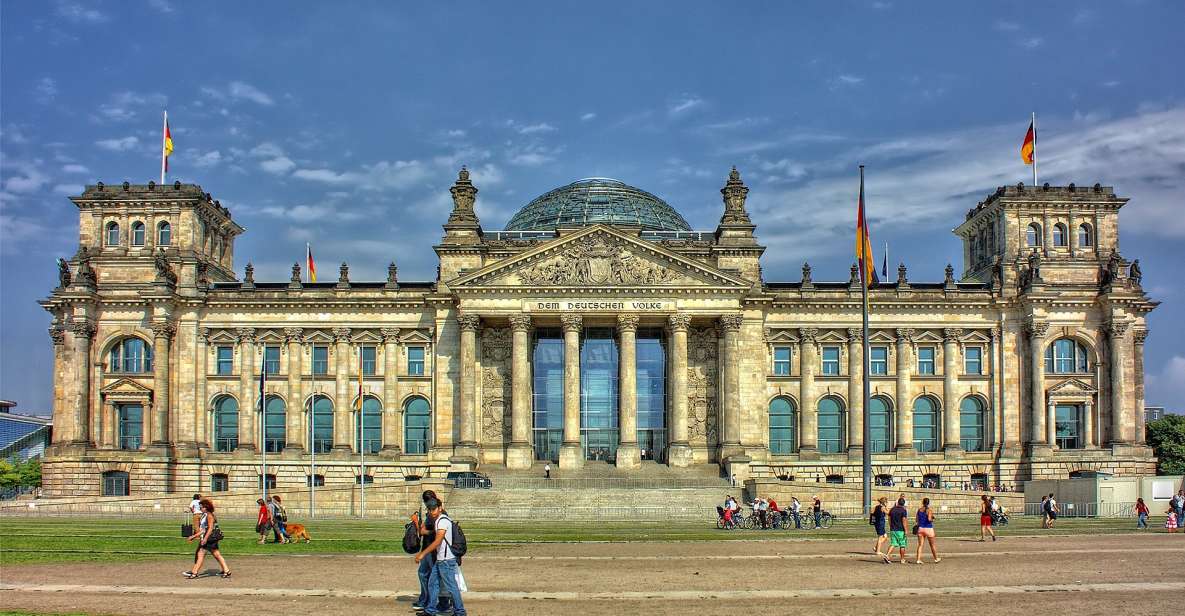
Situated within the heart of Berlin, the Holocaust Memorial stands as a poignant tribute to the 6 million Jewish victims murdered during the atrocities of the Nazi regime.
Comprising 2,711 solid stelae of varying heights, this sprawling memorial space invites visitors to reflect on the immense human tragedy that unfolded during one of history’s darkest chapters.
The memorial’s design, with its maze-like layout, evokes a sense of disorientation and unease, mirroring the experiences of those who were persecuted.
Beneath the memorial lies the Place of Information, which contains the names of all known Jewish victims, a sobering reminder of the staggering scale of the genocide.
This powerful monument serves as a solemn reminder of the past and a call to prevent such horrors from ever happening again.
The Führer Bunker: Hitler’s Final Retreat

Beneath the streets of central Berlin lay the Führerbunker, one of Adolf Hitler‘s last headquarters during the final days of World War II.
This heavily fortified underground complex served as the Nazi dictator’s refuge as the Allied forces closed in on the collapsing Third Reich.
It was here, in the cramped confines of the bunker, that Hitler spent his final days, surrounded by his most trusted associates.
On April 30th, 1945, as the sound of battle raged above, Hitler committed suicide, bringing an end to his brutal reign.
The Führerbunker, now a somber reminder of the horrors of the past, stands as a testament to the resilience of the human spirit in the face of unimaginable darkness.
Detlev-Rohwedder-Haus: Aviation Ministry Headquarters
During the height of the Third Reich, the Detlev-Rohwedder-Haus served as the headquarters for the German Ministry of Aviation, occupying a prominent position as the largest office building in Europe at the time.
This imposing structure, located in the heart of Berlin, was the nerve center of the Nazi regime’s aerial warfare efforts. The building housed the offices of Hermann Göring, the Reichsmarschall who oversaw the Luftwaffe, as well as numerous other high-ranking officials responsible for the production, deployment, and strategy of Germany’s air force.
Today, the Detlev-Rohwedder-Haus stands as a reminder of the immense power and ambition of the Nazi government during its darkest chapter in history.
Anhalter Bahnhof: Deportation of Jews
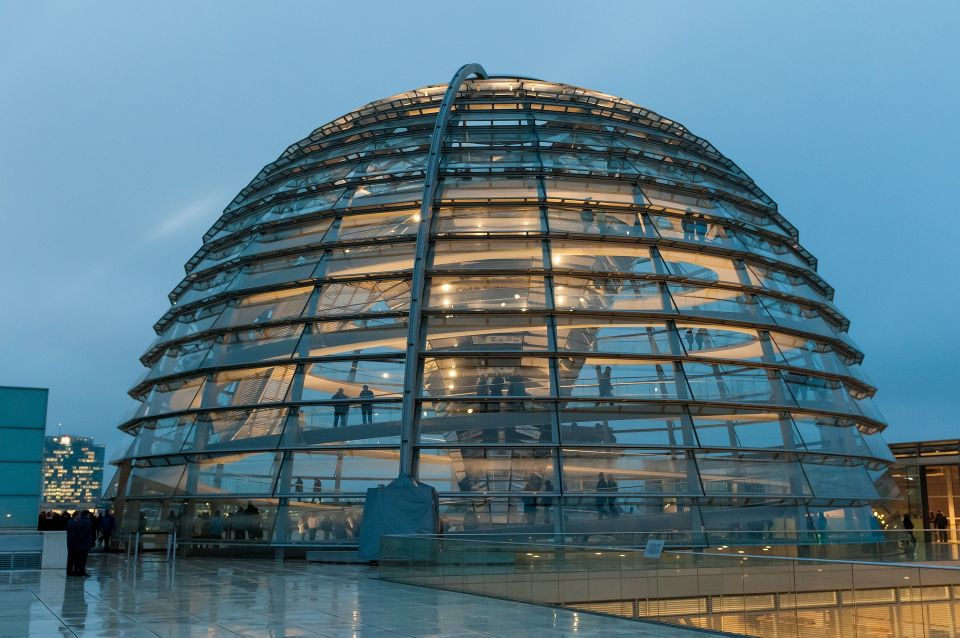
The Anhalter Bahnhof, a former railway terminus stretching 600 meters, played a sinister role in the Nazi regime’s systematic deportation of over 55,000 Jews to concentration camps during the Holocaust.
Thousands of Jewish men, women, and children were forced onto overcrowded trains at the station, their final destination being the horrors of places like Auschwitz and Theresienstadt.
The station stood as a grim starting point for the tragic journeys of so many innocent victims.
Today, the Anhalter Bahnhof stands as a somber reminder of the atrocities committed by the Nazi regime, a testament to the importance of never forgetting the horrors of the past.
Wartime Propaganda and the Nazi Regime
Along With the systematic deportation of Jews, the Nazi regime extensively utilized wartime propaganda to bolster its agenda and maintain control over the German populace.
Through sophisticated media, the Nazis skillfully manipulated public opinion, demonizing minorities and promoting a nationalist, anti-Semitic ideology.
Propaganda posters, films, and radio broadcasts were used to spread Nazi ideals and stifle dissent.
The regime’s propaganda machinery was highly effective in shaping German attitudes and securing popular support, even as the war turned against them.
This pervasive propaganda played a crucial role in the Nazis’ consolidation of power and the perpetration of their atrocities during this dark chapter of history.
Architectural Gems of the Third Reich
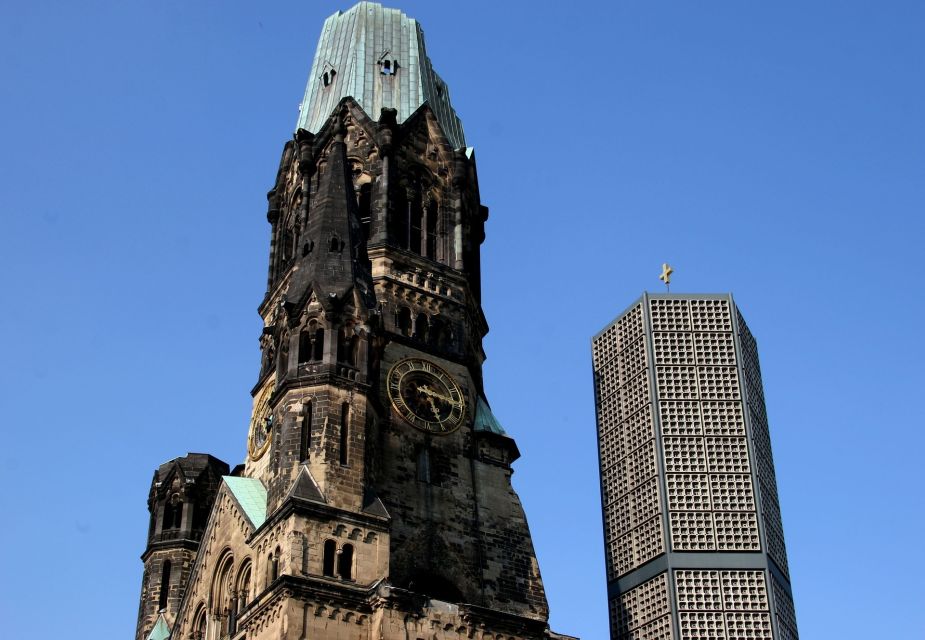
Amidst the devastation wrought by the Nazi regime, several architectural masterpieces of the Third Reich stand as lasting monuments, reflecting the grand ambitions and unbridled power of the era.
The Reichstag Building, once the seat of the German parliament, now houses the current Bundestag.
The Holocaust Memorial, with its 2,711 concrete stelae, pays solemn tribute to the murdered Jews of Europe.
The Detlev-Rohwedder-Haus, the largest office building of its time, served as the headquarters for the German Ministry of Aviation.
The Anhalter Bahnhof, a former railway terminus, was used to deport thousands of Jews to concentration camps.
These architectural gems bear witness to the complex and troubled history of the Third Reich.
Exploring Berlin’s Third Reich Legacy
Today, visitors exploring Berlin’s Third Reich legacy can uncover a complex and multilayered history etched into the city’s architectural landscape. From the imposing Reichstag Building to the solemn Holocaust Memorial, these structures serve as poignant reminders of Germany’s tumultuous past.
The Führer Bunker, where Hitler’s life ended, stands as a somber testament to the regime’s downfall. Meanwhile, the Detlev-Rohwedder-Haus, once the headquarters of the Ministry of Aviation, exemplifies the Nazis’ ambition and power. The Anhalter Bahnhof, a former railway terminus, evokes the chilling reality of the deportation of tens of thousands of Jews to concentration camps.
| Landmark | Significance |
|---|---|
| Reichstag Building | Historical monument that housed the Reichstag of Nazi Germany |
| Holocaust Memorial | Memorial dedicated to the Murdered Jews of Europe |
| Führer Bunker | One of Hitler’s last headquarters during WWII |
| Detlev-Rohwedder-Haus | Headquarters of the German Ministry of Aviation |
Frequently Asked Questions
Can Visitors Access the Führerbunker Today?
No, visitors cannot access the Führerbunker today. The underground bunker where Hitler spent his final days is closed to the public and its location is largely unmarked, preserved as a historic site.
What Happened to the Reichstag After the War?
The Reichstag building, which housed the parliament of Nazi Germany, is now the seat of the German Bundestag. After the war, it underwent extensive renovations and has served as the German parliament since 1999.
Is the Holocaust Memorial Open on All Holidays?
The Holocaust Memorial is open to visitors on most holidays, though it may have reduced hours on some major holidays. It operates year-round as a place of remembrance and reflection for the victims of the Holocaust.
How Many People Worked at the Aviation Ministry?
The Detlev-Rohwedder-Haus was the headquarters of the German Ministry of Aviation during World War II, though the exact number of people who worked there is unknown. It was the largest office building in Europe at the time.
Are There Any Remaining Train Tracks at Anhalter Bahnhof?
The Anhalter Bahnhof no longer has any remaining train tracks. The former railway terminus, which was used for the deportation of Jews during the Holocaust, has been converted into a public square and memorial.
Recap
The tour of Berlin’s Third Reich sites provides a sobering glimpse into Germany’s dark past.
Visitors can explore the architectural remnants that bore witness to the rise and fall of the Nazi regime, from the Reichstag Building to the haunting Anhalter Bahnhof.
Through this journey, they’ll gain a deeper understanding of the complex history and the country’s unwavering commitment to democracy that emerged from this troubled era.






